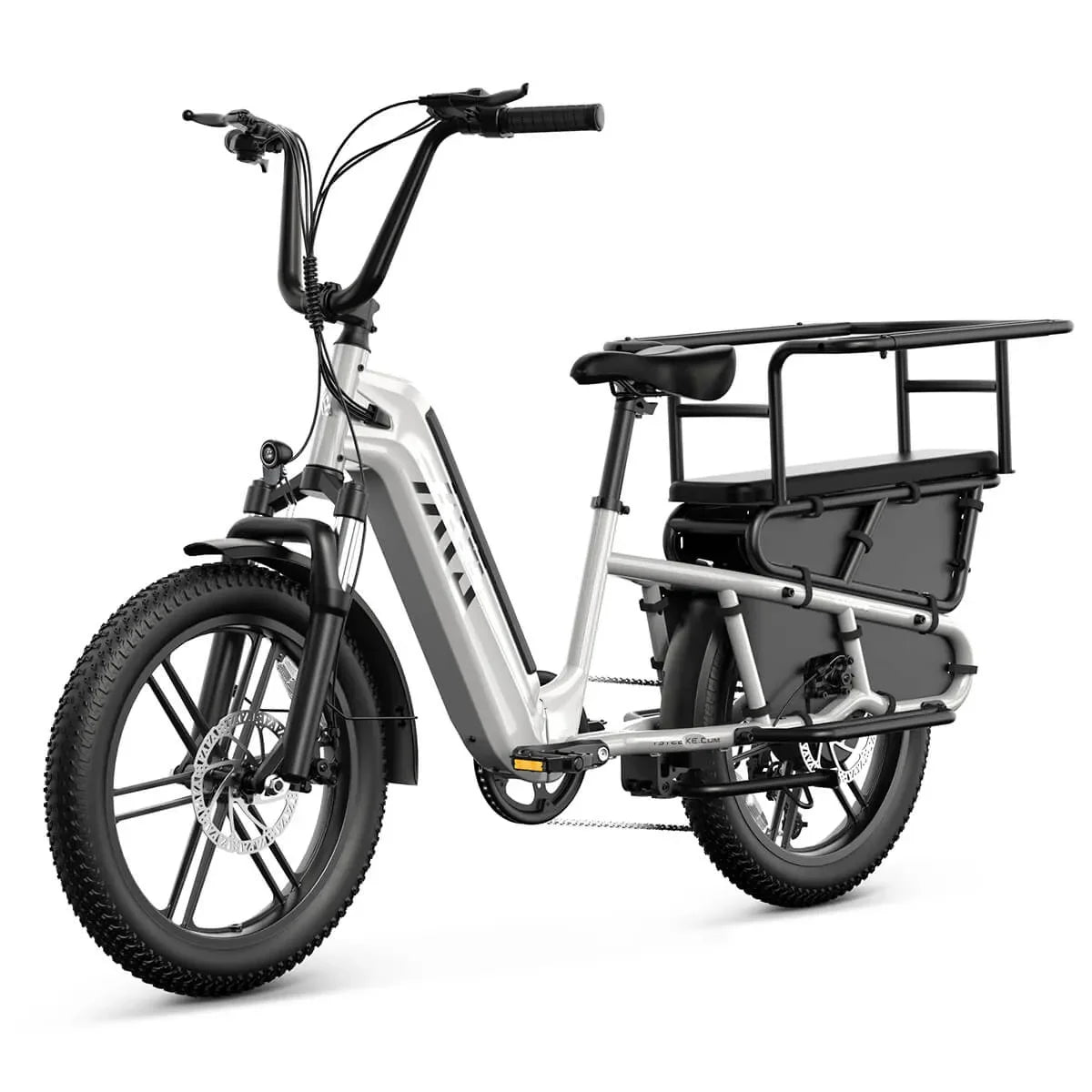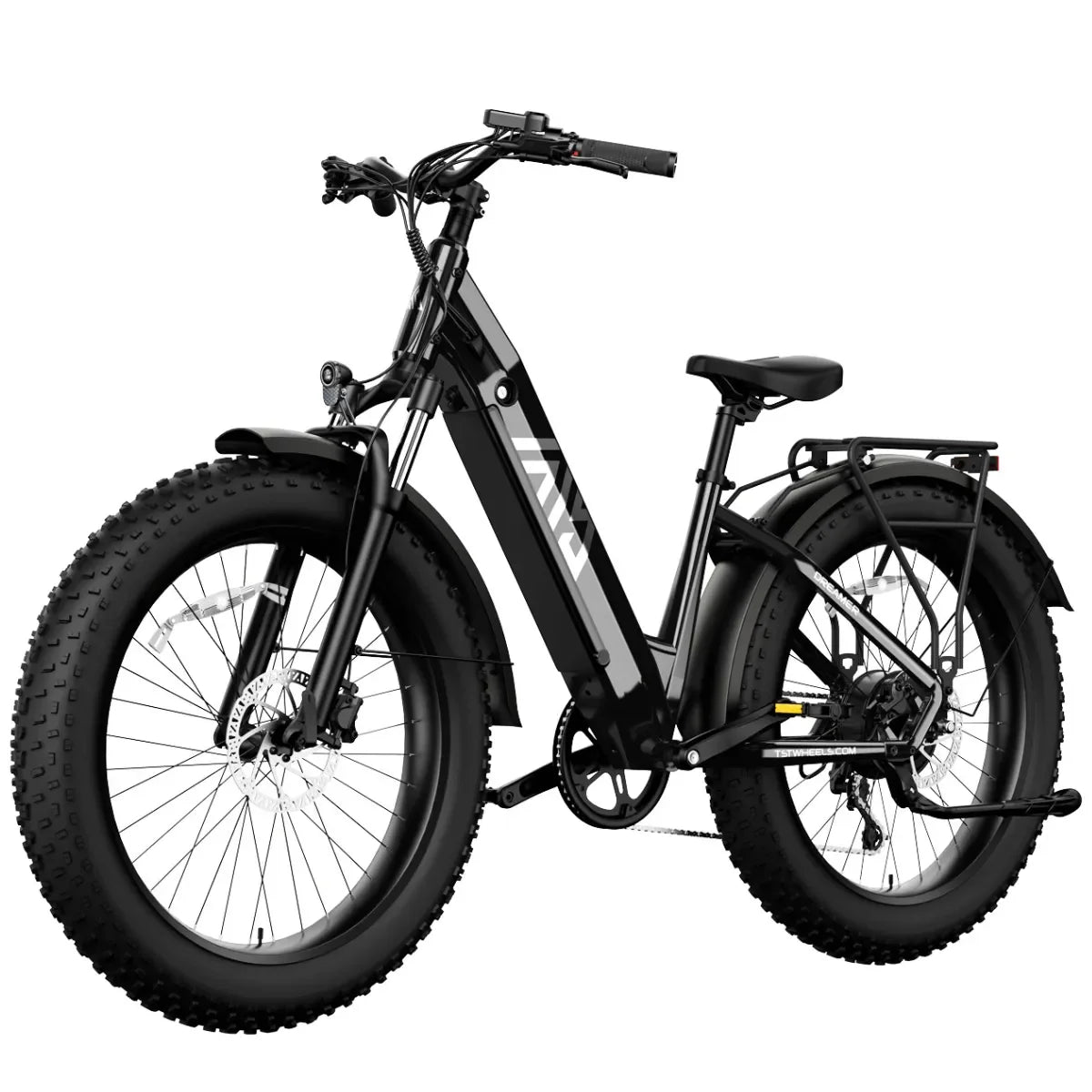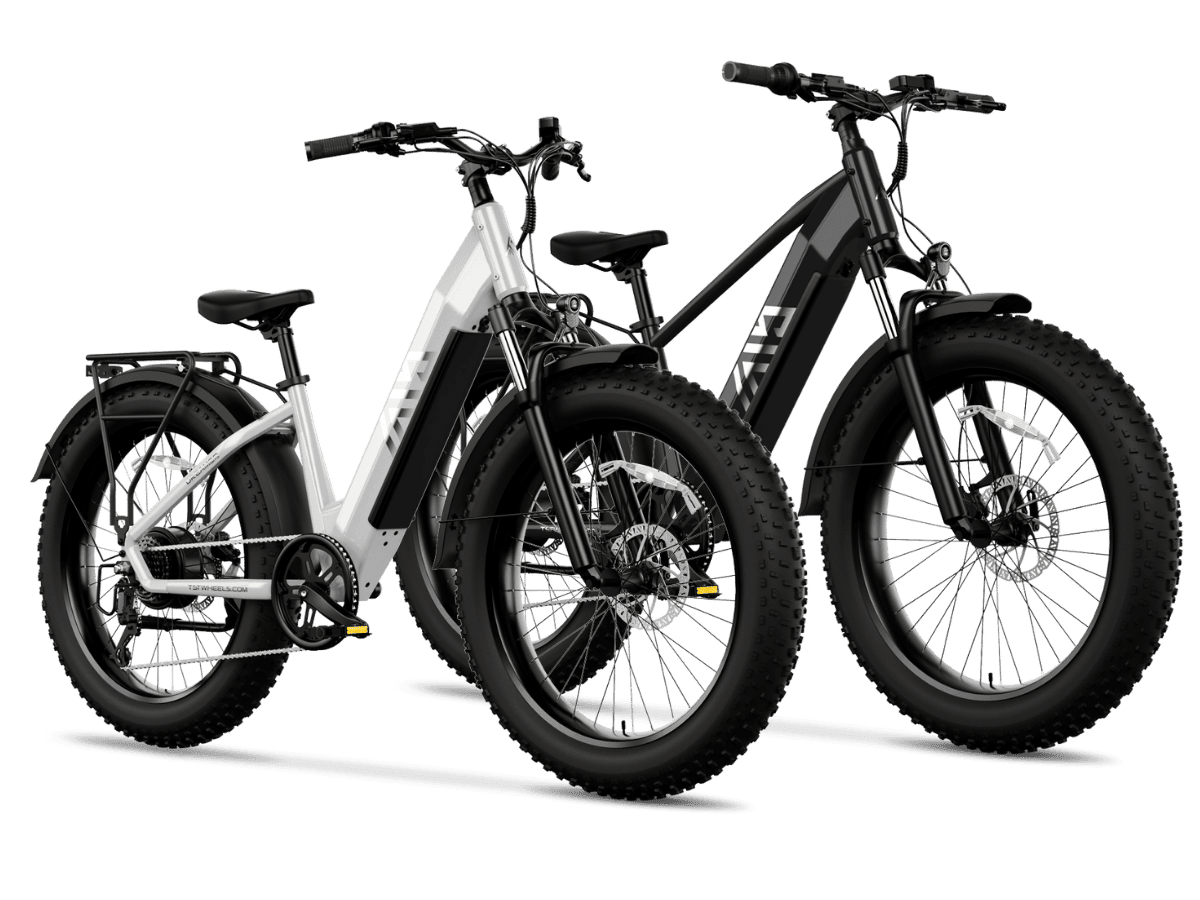You should not fully charge your ebike battery every time, as doing so stresses the battery and shortens its lifespan. For optimal performance, maintain the charge between 20% and 80%, recharge when necessary, and unplug once the desired level is reached. Fully charging occasionally is fine for long rides, but avoiding extremes ensures battery longevity and safer operation.
How Does Charging Affect Ebike Battery Lifespan?
Charging an ebike battery beyond recommended levels increases heat and stress on cells, accelerating degradation. Keeping the battery between 20–80% charge minimizes wear and prolongs overall battery life. Consistently charging to 100% or discharging below 20% reduces the number of full cycles your battery can handle over time.
What Are the Best Practices for Charging an Ebike Battery?
- Maintain the 20–80% charge range to reduce heat stress.
- Charge regularly when battery drops to 20–30%, instead of full charges each time.
- Avoid leaving the battery plugged in after reaching the desired level.
- Perform full charges only when maximum range is required.
- Store and charge in moderate temperatures to protect battery health.
Why Should You Avoid Deep Discharges?
Deep discharges, where the battery drops below 20%, strain the cells and increase degradation over time. Maintaining partial charge cycles preserves battery capacity, improves efficiency, and reduces the risk of unexpected power loss during rides.
How Do Temperature and Storage Affect Battery Health?
Extreme heat or cold damages battery chemistry, reducing capacity and lifespan. Store the battery in a cool, dry place and avoid charging or discharging in temperatures outside the manufacturer’s recommended range. Batteries are more efficient and safer when operated within moderate conditions.
When Should You Fully Charge Your Ebike Battery?
Fully charge the battery only before long rides requiring maximum range. This ensures you can complete your journey without compromising battery longevity from frequent 100% charges. Occasional full charges are acceptable but should not become routine.
Which Models Benefit From Proper Charging Practices?
TST EBike 26-inch and 27-inch models benefit from adhering to 20–80% charging cycles. The 26-inch is suitable for rough terrains like snow or sand, while the 27-inch is ideal for daily commuting or mountain biking. Both models maintain performance and durability when charged correctly.
How Often Should You Check Your Battery and Charger?
Regularly inspect the battery for swelling, leaks, or unusual heat during charging. Ensure the charger is functioning properly and follow manufacturer guidelines. Monitoring helps prevent accidents, maximizes battery lifespan, and maintains consistent ride performance.
Buying Tips
When purchasing an ebike or battery, select models with integrated battery management systems (BMS) that protect against overcharging, deep discharge, and overheating. TST EBike offers reliable 26-inch and 27-inch models designed for longevity and high performance. Follow charging guidelines, store batteries in moderate temperatures, and only fully charge when necessary for extended rides.
TST EBike Expert Views
“Proper charging is crucial for battery longevity and safety. At TST EBike, we advise users to maintain their batteries between 20–80% for routine rides. Full charges should be reserved for long journeys, and extreme temperatures must be avoided. Our 26-inch and 27-inch models incorporate advanced BMS to protect the battery, ensuring riders enjoy consistent performance and extended life.”
FAQ
How often should I charge my ebike battery?
Charge when the battery reaches 20–30%, avoiding frequent full charges. Routine partial charges help maintain battery health.
Can I leave my battery plugged in overnight?
No. Leaving it connected can cause heat buildup, stress the cells, and reduce lifespan. Unplug when the target charge is reached.
What is the ideal charge range for an ebike battery?
Keep it between 20–80% for regular use. Full charges are for long rides only, while deep discharges should be avoided.
Does temperature affect charging?
Yes, extreme heat or cold can damage the battery. Charge and store in moderate, recommended temperatures.
Do all TST EBike models follow the same charging rules?
Yes. Both 26-inch and 27-inch models benefit from 20–80% charging cycles and BMS protection for optimal performance.
Should I fully charge my e-bike battery every time
No, fully charging your e-bike battery every time stresses the cells and shortens lifespan. For optimal longevity, keep the charge between 20% and 80%, charging to 100% only when a full range is needed for longer rides. Avoid frequent deep discharges below 20% and consistently high charge levels.
What is the best daily charging range
Charging your e-bike battery between 20% and 80% daily minimizes stress and extends battery life. This range prevents overcharging while maintaining sufficient power for regular rides. Unplug the charger once the desired level is reached to avoid unnecessary strain on the battery.
Can I charge my e-bike battery when half full
Yes, it is safe and beneficial to top up the battery when it’s around 50% charge. Partial charging helps maintain battery health and avoids deep discharges, supporting longer lifespan and consistent performance over time.
When is it acceptable to charge to 100%
Charging to 100% is recommended only when you need maximum range for long rides. Avoid fully charging every day, as repeated full charges can accelerate battery degradation. Use full charges strategically rather than routinely.
How should I store my e-bike battery for long periods
For long-term storage, keep the battery at a mid-level charge, around 40%–70%. Avoid extreme temperatures and fully charged or fully depleted states. Proper storage helps prevent capacity loss and prolongs battery life when the bike is not in use for weeks.
What is the recommended initial charge for a new battery
When you receive a new e-bike, a full 12-hour initial charge is advised to condition the battery. This ensures optimal performance and prepares the battery for regular use while maximizing its long-term lifespan.































Leave a comment
All comments are moderated before being published.
This site is protected by hCaptcha and the hCaptcha Privacy Policy and Terms of Service apply.